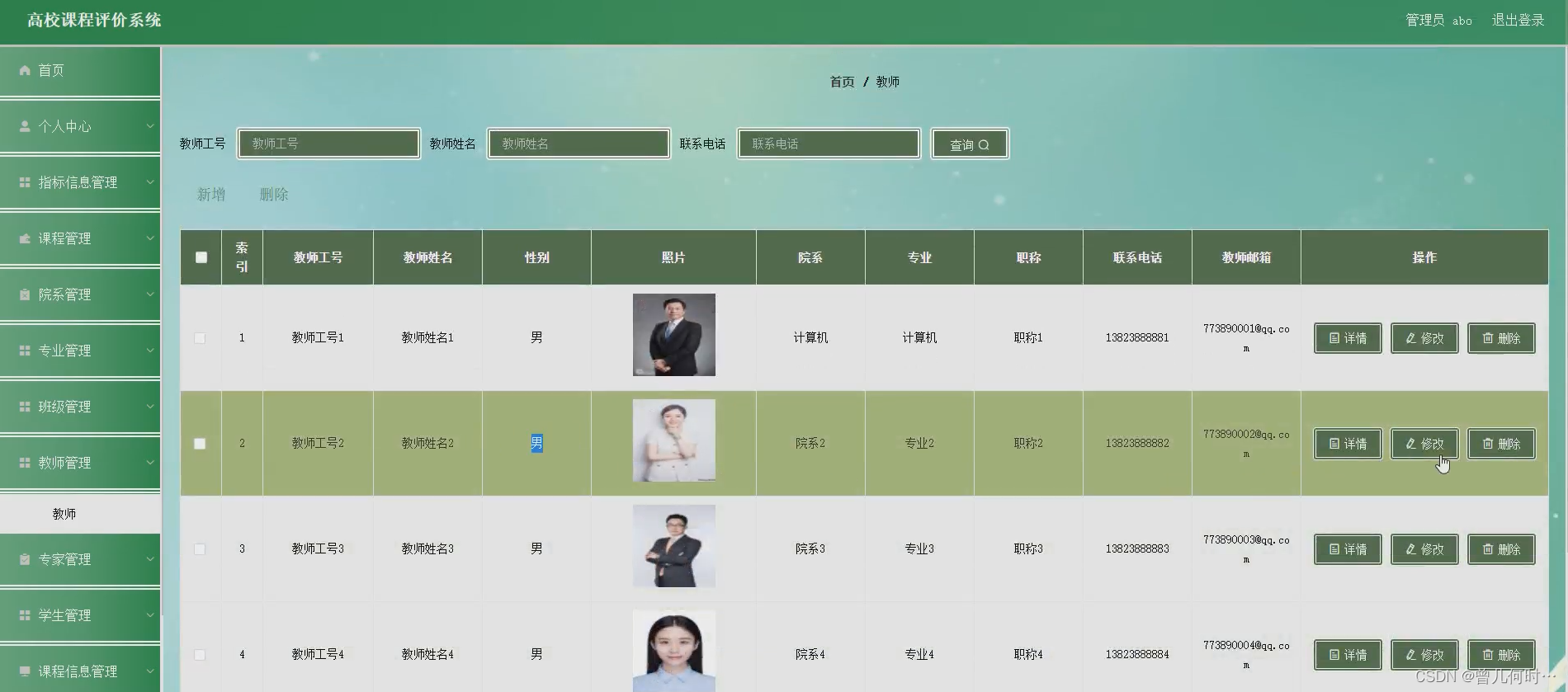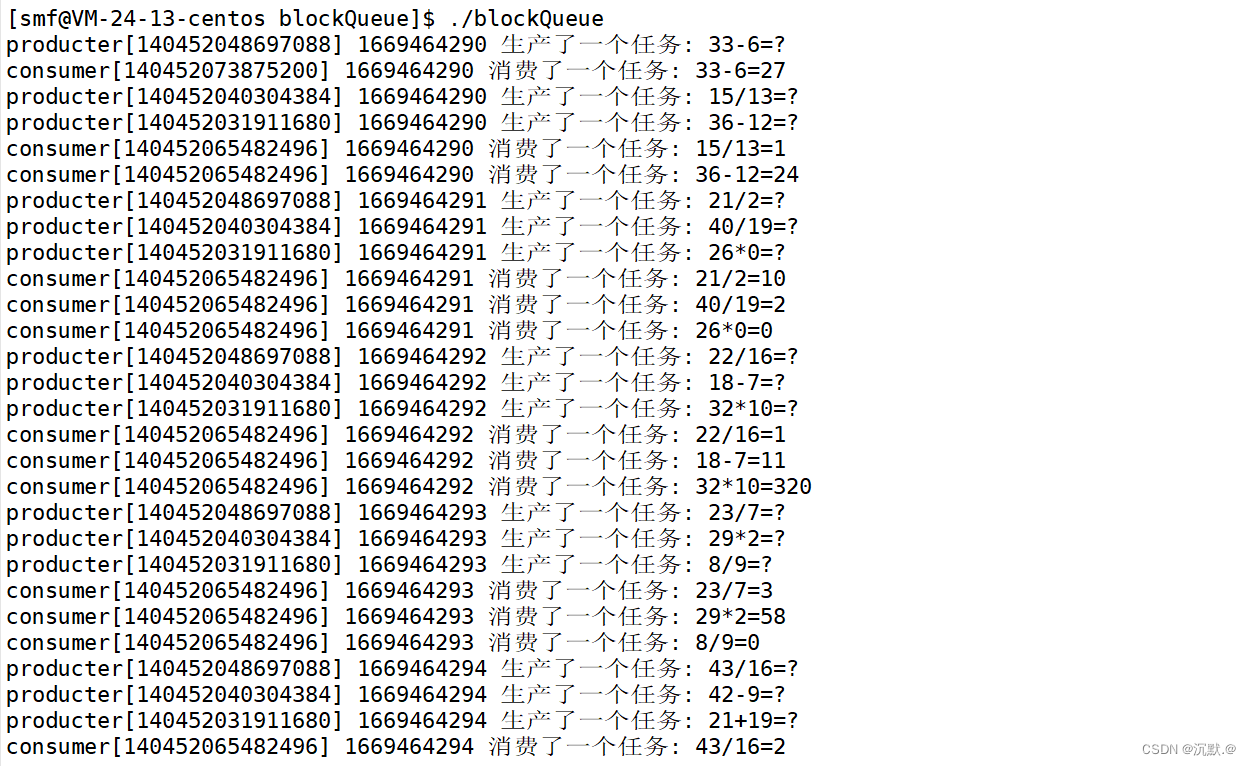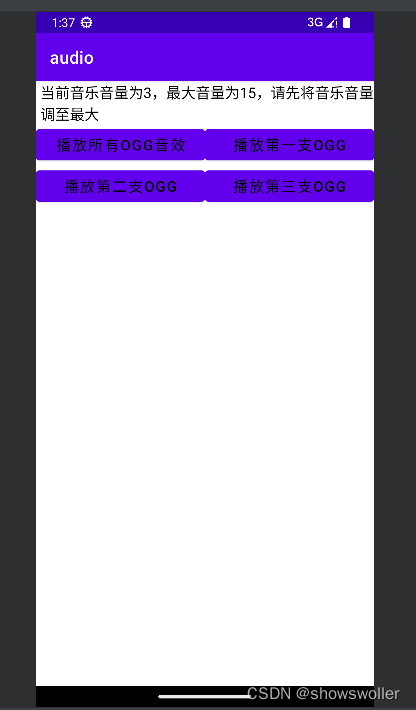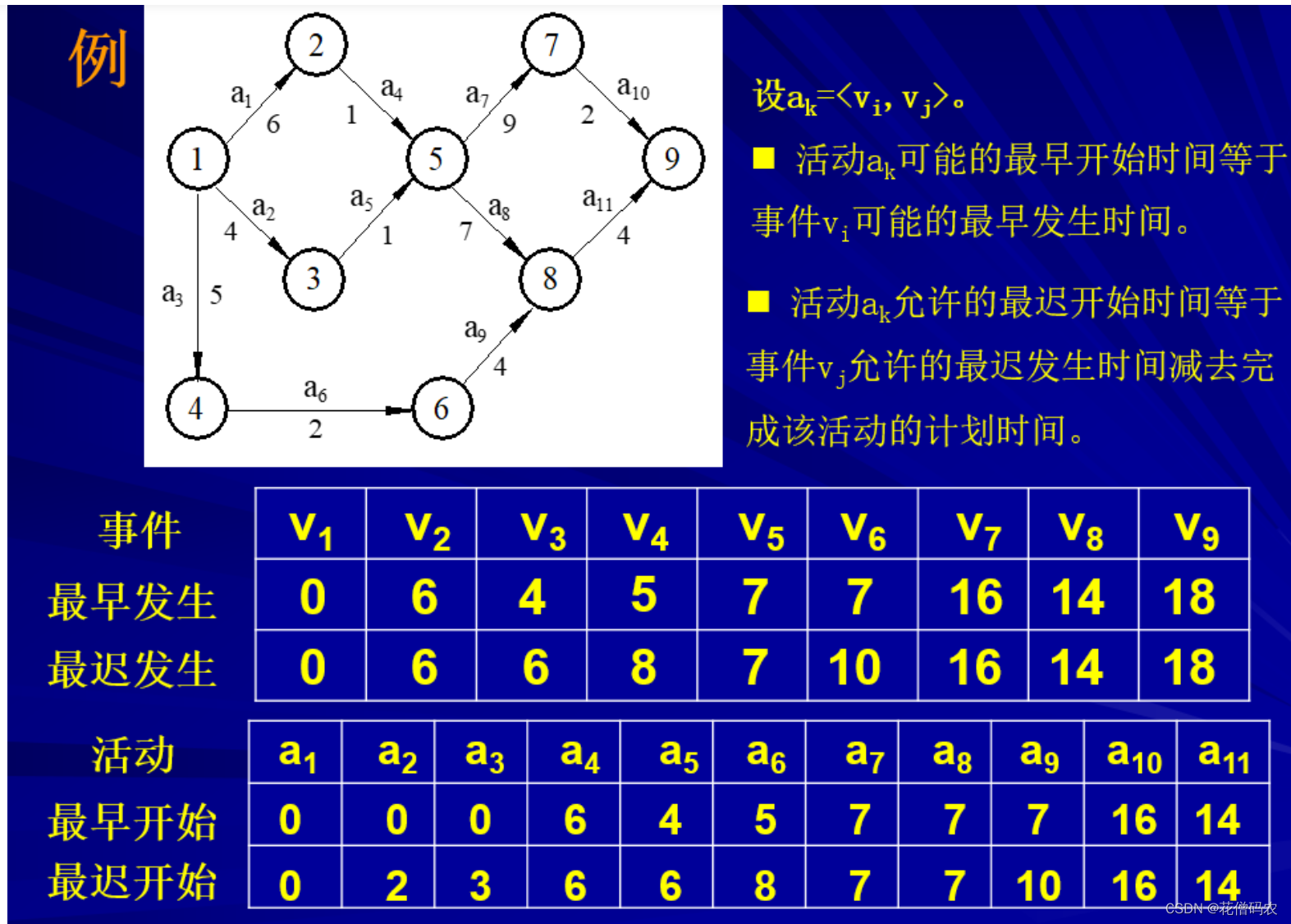反射的应用:根据配置文件来创建对象和调用方法
需求:1,根据配置文件re.properties 指定的信息,创建对象并调用方法
classfullpath=src.com.liu.Cat
method=hi
即通过外部文件配置,在不修改源码的情况下,来控制程序,
当method=hi变成了method=cry时,不修改代码也可以正常运行达到我们想要的效果
(这符合设计模式的 ocp 原则即开闭原则:对修改权限进行关闭,对拓展功能进行开放)
1.传统的做法
通过传统的 new 一个对象 然后通过new出的对象点方法来调用方法
Cat cat = new Cat();
cat.hi();
弊端: 当想要调用的方法发生改变时例如此刻我想调用cry()方法不再调用hi()方法,就必须要把cat.hi()方法修改成cat.cry()。这修改了源码,不符合开闭原则
2.读取配置文件,通过配置文件里的路径来new一个对象
Properties properties = new Properties();
properties.load(new FileInputStream("src/com/liu/re.properties"));
String classfullpath = properties.get("classfullpath").toString();
String methodName = properties.get("method").toString();
System.out.println("classfullpath="+classfullpath);
System.out.println("method="+methodName);
// 传统的方式不行
new classfullpath();//classfullpath 是String 类型,不是全路径
可以看到下图中编译不通过因为classfullpath 是String 类型,不是全路径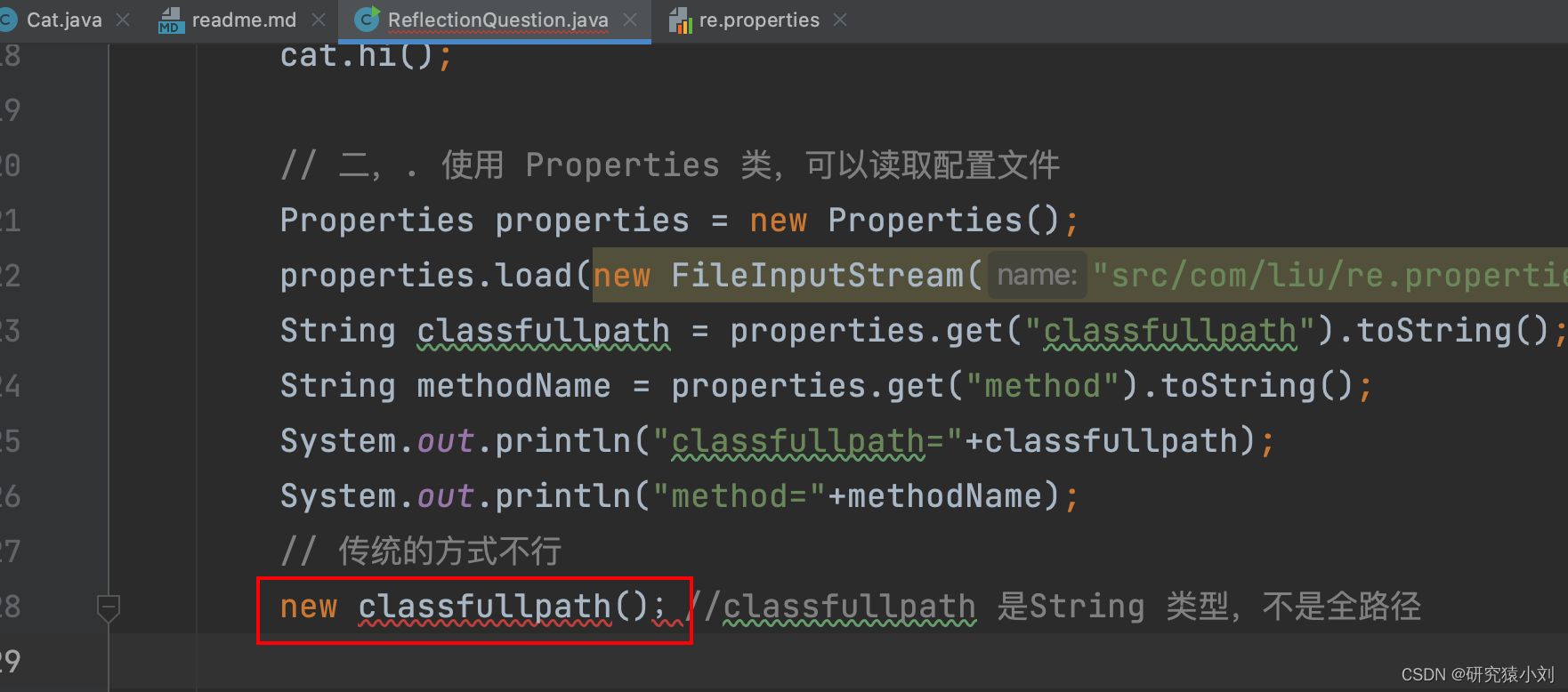
3.通过反射来解决2中出现的这个问题
//三,使用反射机制来解决
Class cls = Class.forName(classfullpath);
Object o = cls.newInstance();
System.out.println("o 的运行时类型= "+o.getClass());
Method method1 = cls.getMethod(methodName);
//通过method1调用方法,即通过方法对象调用方法
method1.invoke(o);
运行结果如下:
当修改re.properties,把method变成cry时
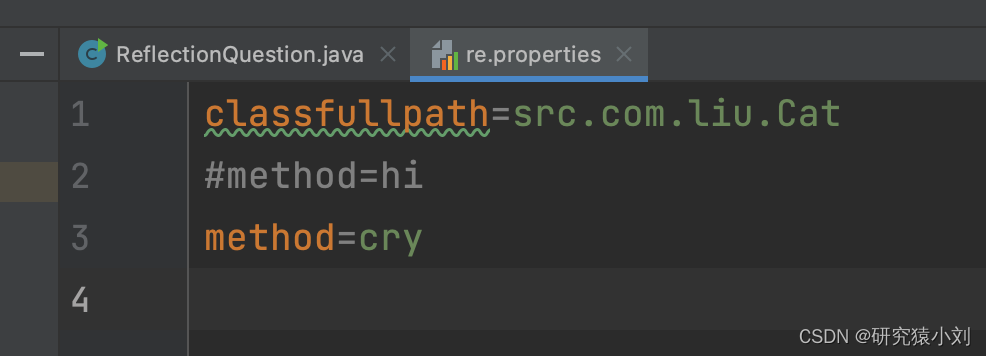
运行结果:
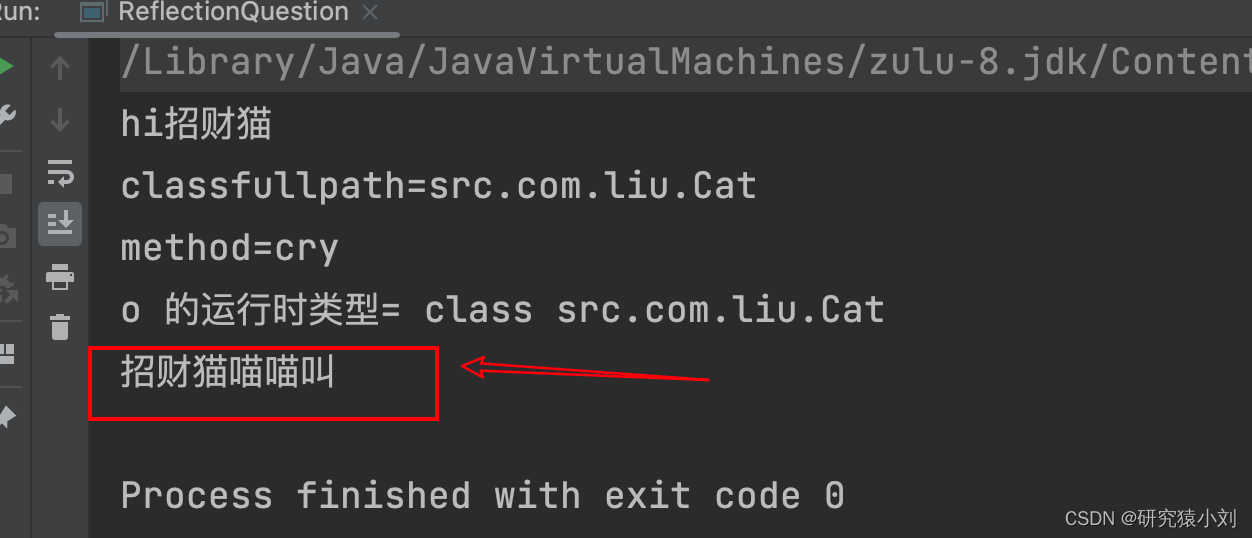
可以看出,这实现了在不修改源码的情况下只需要修改配置文件,就能实现当方法改变时,程序也能跟着改变
4.文件夹结构与代码
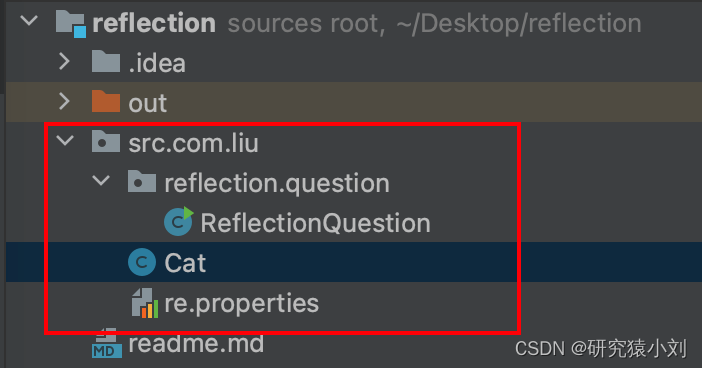
Cat.java
package src.com.liu;
public class Cat {
private String name = "招财猫";
public void hi(){
System.out.println("hi"+name);
}
public void cry(){
System.out.println(name+"喵喵叫");
}
}
re.properties
classfullpath=src.com.liu.Cat
method=hi
#method=cry
ReflectionQuestion.java
package src.com.liu.reflection.question;
import src.com.liu.Cat;
import java.io.FileInputStream;
import java.io.FileNotFoundException;
import java.io.IOException;
import java.lang.reflect.InvocationTargetException;
import java.lang.reflect.Method;
import java.util.Properties;
public class ReflectionQuestion {
public static void main(String[] args) throws IOException, ClassNotFoundException, InstantiationException, IllegalAccessException, NoSuchMethodException, InvocationTargetException {
//根据配置文件 re.properties 指定信息,创建Cat 对象并调取方法hi
//一,传统的方法 new 对象 -》 方法调用
Cat cat = new Cat();
cat.hi();
// 二,. 使用 Properties 类,可以读取配置文件
Properties properties = new Properties();
properties.load(new FileInputStream("src/com/liu/re.properties"));
String classfullpath = properties.get("classfullpath").toString();
String methodName = properties.get("method").toString();
System.out.println("classfullpath="+classfullpath);
System.out.println("method="+methodName);
// 传统的方式不行
//new classfullpath();//classfullpath 是String 类型,不是全路径
//三,使用反射机制来解决
Class cls = Class.forName(classfullpath);
Object o = cls.newInstance();
System.out.println("o 的运行时类型= "+o.getClass());
Method method1 = cls.getMethod(methodName);
//通过method1调用方法,即通过方法对象调用方法
method1.invoke(o);
//如果是传统的做法我要求调用 cry方法,而不是调用 hi方法,
//Cat cat = new Cat(); cat.hi();====> cat.cry();需修改源码
//使用反射的 做法是: 把配置文件re.properties 的 method=hi,改成method=cry就可以了,
//只修改配置文件,不修改源代码
}
}
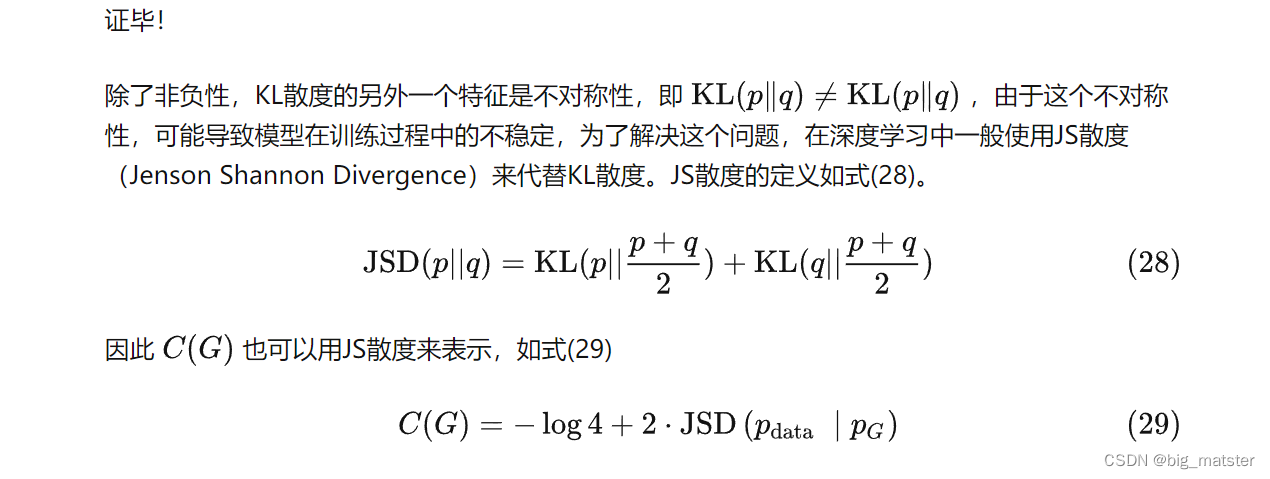
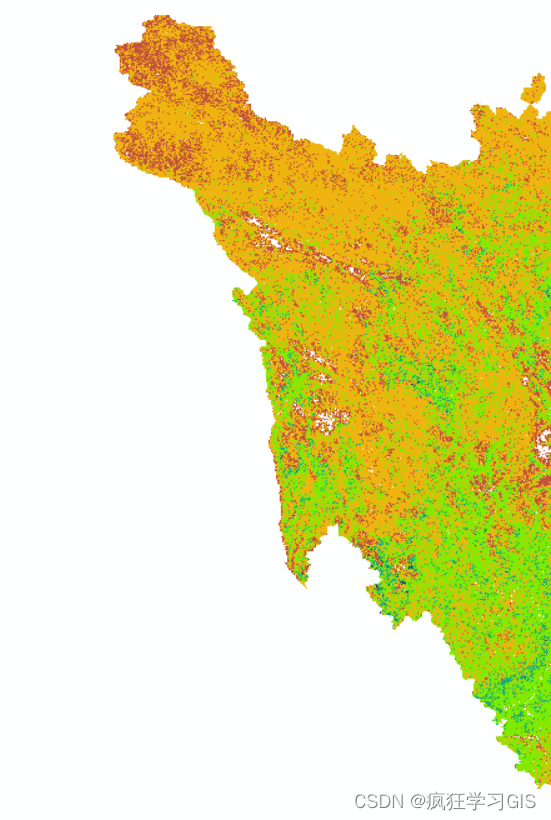


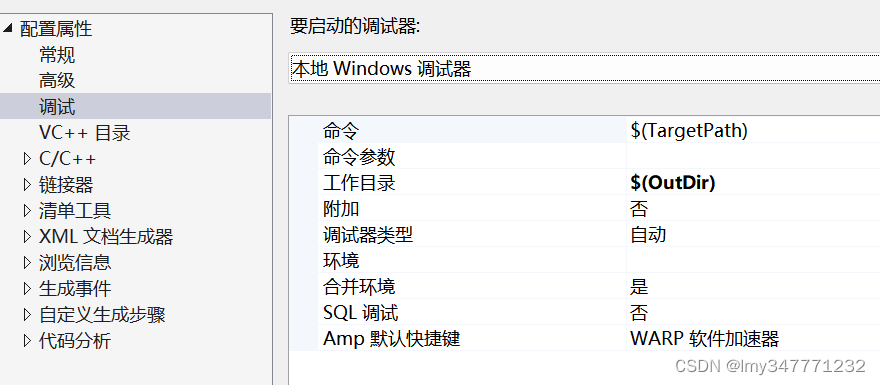

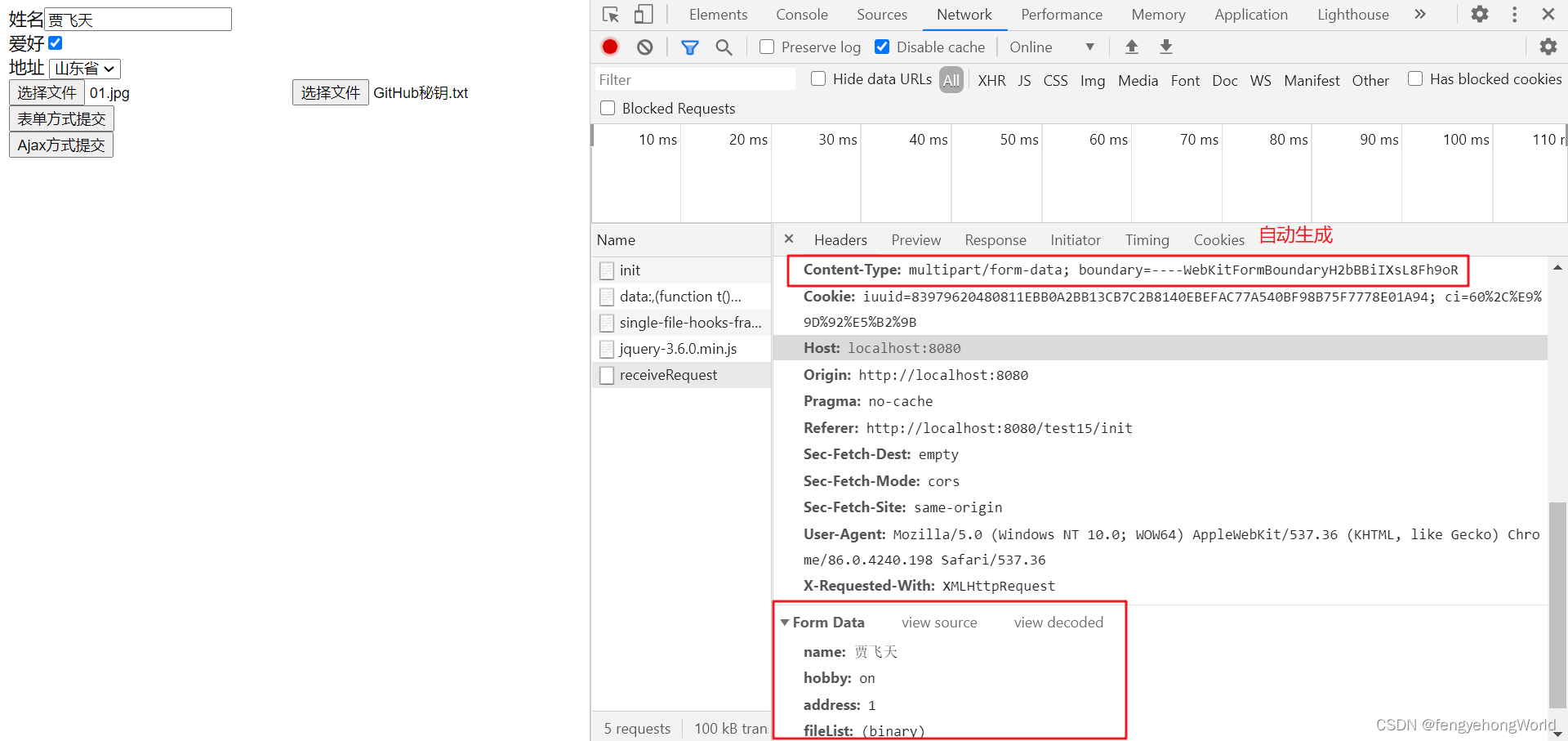
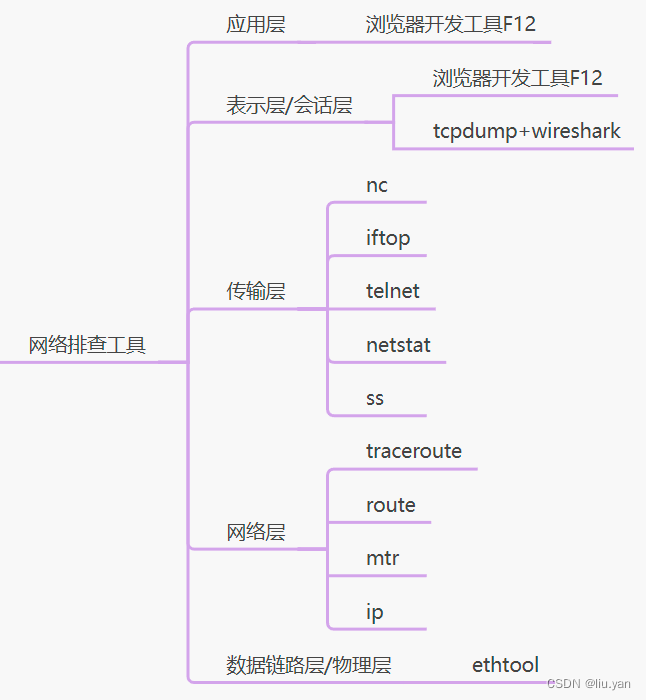



![[mysql] 深入分析MySQL版本控制MVCC规则--实测 (mysql 8.0 innodb引擎)](https://img-blog.csdnimg.cn/2217b14cde5b48c98b7af4d0e266cd07.png)
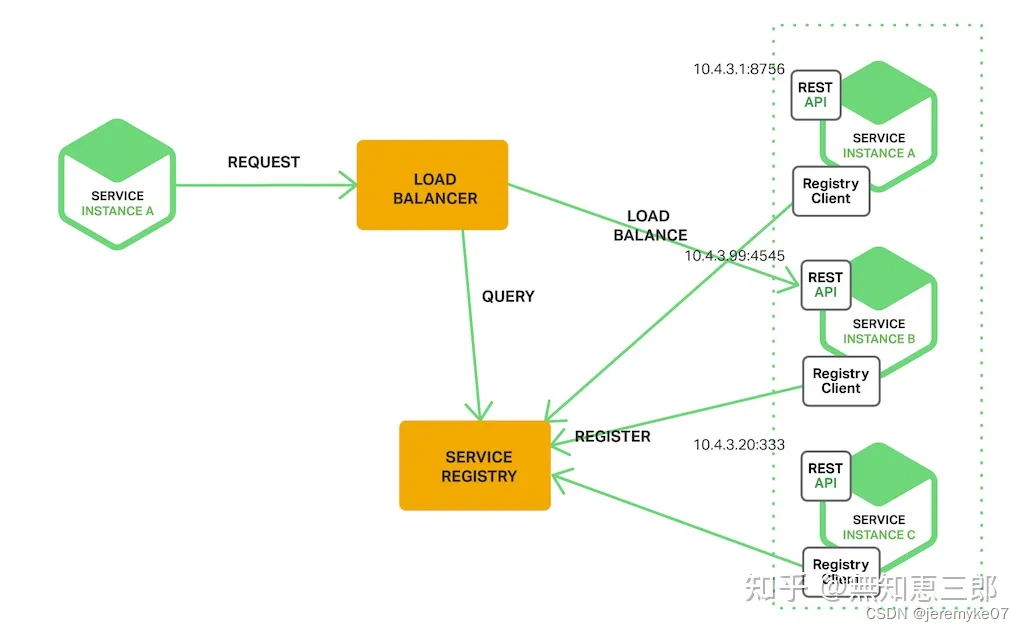
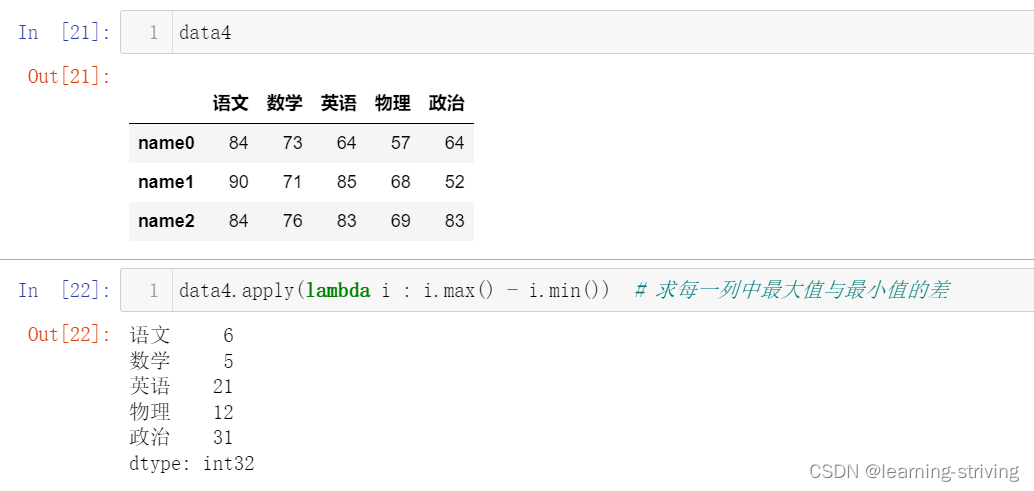
![[hadoop全分布部署]安装Hadoop、配置Hadoop 配置文件①](https://img-blog.csdnimg.cn/71f351da11f646a388b33562e6683c05.png)
